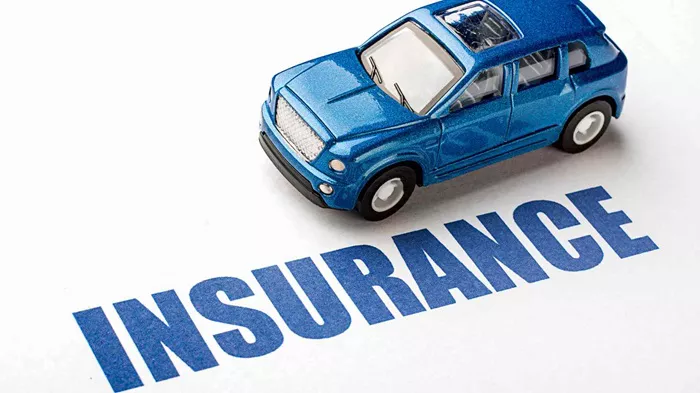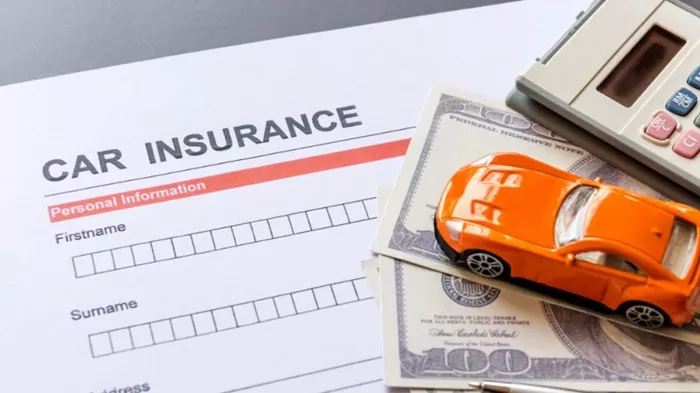Car accidents are stressful, and dealing with insurance can add even more confusion to the situation. If you’ve been in an accident or your vehicle has been damaged, knowing how to file a claim on your car insurance can help make the process smoother and faster. Understanding each step, from reporting the accident to getting repairs covered, is crucial for getting the most out of your policy.
How Do I File a Claim on My Car Insurance?
In this article, we’ll walk you through the entire process of filing a car insurance claim. We’ll explain everything you need to know, including how to prepare before a claim, the different types of claims, and how to handle disputes. By the end, you’ll feel confident in your ability to navigate the claims process.
What Is a Car Insurance Claim?
A car insurance claim is a request made to your insurance company for compensation or coverage for damages or injuries resulting from an accident or other covered event. Depending on your policy, it may cover things like collision damage, theft, vandalism, weather damage, or medical expenses.
Once you file a claim, your insurer will investigate the incident and assess the damage. Based on this assessment, they’ll determine how much they’ll pay for the repairs or medical bills. You might also be responsible for a deductible, which is the amount you pay out-of-pocket before your insurer covers the rest.
Step 1: Prepare for the Claim
Before you need to file a claim, it’s important to be prepared. Knowing the right steps and having the necessary information on hand will make the process go much smoother. Here’s what you should do before anything happens:
Know Your Insurance Policy
The first step to handling a claim is understanding your coverage. Your car insurance policy outlines what types of events and damages are covered, as well as any exclusions. Be sure you understand:
What types of accidents are covered (e.g., collision, theft, vandalism)
Your coverage limits
Your deductible
Any optional add-ons, such as rental car coverage
Having a clear understanding of your insurance policy can help you manage expectations during the claims process.
Keep Your Documents Up-to-Date
Make sure your car insurance policy, vehicle registration, and driver’s license are up-to-date. Keeping these documents organized and accessible will help you file a claim more easily. This includes having copies of your insurance cards in your car at all times.
Consider Adding Optional Coverages
While not necessary for every policyholder, additional coverages like rental car reimbursement or roadside assistance can be helpful when filing a claim, especially if your car is going to be in the shop for an extended period.
Step 2: Report the Accident
The next step in filing a claim is reporting the accident to your insurance company. The sooner you do this, the better. Here’s how to approach the situation:
Contact Your Insurer Immediately
When you’re involved in an accident, or your car sustains damage, contact your insurance company as soon as possible. Most companies offer 24/7 claim reporting via phone, online portals, or mobile apps. In some cases, waiting too long to report the claim can result in delays or even a denial.
Here’s what you should have ready when contacting your insurer:
Your policy number
The date, time, and location of the incident
A description of the accident and any parties involved
Contact details for the other driver (if applicable)
Any police report numbers (if a police report was filed)
Make sure to answer all questions truthfully and accurately. If you’re unsure about anything, ask your insurer for clarification. They’ll guide you through the necessary steps.
Report to the Police (If Necessary)
In some situations, especially in cases of accidents involving injury, damage, or a hit-and-run, you may be required to file a police report. This report will be necessary for your claim, and it can help establish fault and provide documentation of the event.
Step 3: Document the Incident
The more information you can provide to your insurance company, the better. Proper documentation is key to ensuring that your claim is processed quickly and accurately.
Take Photos of the Accident Scene
If you’re involved in a car accident, it’s essential to document the scene. This includes taking photos of:
The damage to your vehicle
The other vehicle(s) involved
The location of the accident
Any visible injuries (if applicable)
Road conditions, weather, and traffic signs that might have contributed to the accident
Photos provide crucial evidence that can help support your claim and verify the details of the accident.
Collect Information from Other Drivers
If there are other drivers involved, exchange contact and insurance information with them. Be sure to get:
Their full name
Phone number
Insurance company and policy number
License plate number
Driver’s license number
If there are any witnesses to the accident, get their contact information as well. Witness testimony can be helpful in proving fault or providing additional details about the incident.
Keep a Record of Medical Treatment (If Applicable)
If you or your passengers are injured, keep detailed records of any medical treatment you receive. This includes doctor’s visits, prescriptions, and any medical bills related to the accident. Medical expenses are often covered under personal injury protection (PIP) or medical payments (MedPay) in your car insurance policy.
Step 4: File the Claim with Your Insurer
Once you’ve gathered all necessary information, you’re ready to officially file your claim. Most insurance companies make this process relatively simple. Here’s what to expect:
Filing Methods
You can usually file a claim by phone, online through the insurance provider’s portal, or via their mobile app. Some insurers even allow you to upload photos of the damage directly through their app.
Be prepared to provide the following information when filing your claim:
Your policy number and personal information
A detailed description of the accident or damage
Photos of the damage or accident scene (if you have them)
Police report (if applicable)
Any medical bills (if applicable)
Witness statements or contact info (if applicable)
Review the Claim Process Timeline
Your insurer will provide you with an estimated timeline for the claims process. Depending on the complexity of the claim, it might take anywhere from a few days to a few weeks for the insurance company to process and settle your claim.
During this time, your insurer may send an adjuster to inspect the damage to your vehicle or request additional documentation. Be responsive and provide any additional information they may need.
Step 5: The Insurance Adjuster’s Role
After you file your claim, your insurance company will likely assign an adjuster to investigate the incident. The adjuster’s job is to assess the damage to your car, determine the cause of the accident, and figure out how much the insurance company should pay for the repairs or medical expenses.
What Does the Adjuster Do?
The adjuster will:
Examine the damage to your vehicle
Review the police report and any photos or other documentation you provided
Interview witnesses and the other parties involved in the accident (if applicable)
Compare the details with your policy to determine how much coverage you’re entitled to
In some cases, the adjuster may recommend a repair shop for your vehicle, or you may be able to choose your own.
Step 6: Repairing Your Car
Once the insurance company has assessed the damage and approved the claim, it’s time to get your car repaired. You can either take your car to the repair shop recommended by the insurer or choose your own shop, depending on your policy.
What Happens Next?
After the adjuster approves the repairs, the insurance company will either pay the repair shop directly or send you a check for the estimated repair costs, minus your deductible. In the case of a total loss (when the vehicle is deemed beyond repair), your insurer will calculate the actual cash value (ACV) or replacement cost and issue a settlement accordingly.
Keep in mind that if you choose to repair the car yourself, you may need to provide receipts or other documentation to the insurer before they issue payment.
Step 7: Dealing with Disputes
If there’s a disagreement between you and your insurer about the settlement amount, you can typically dispute the decision. If you feel the insurance company is offering less than you believe you’re owed, you can:
Request a re-assessment by another adjuster
Provide additional evidence or documentation to support your claim
Consult with an independent appraiser for a second opinion
If you cannot resolve the dispute with your insurer, you might want to contact your state’s insurance department for assistance or consult a lawyer who specializes in insurance claims.
Step 8: Finalizing the Claim
Once all issues are resolved and repairs are completed, the claim process will be closed. At this point, you’ll have your car back, your medical bills (if applicable) will be paid, and the issue of liability should be settled.
If you filed a claim for a major incident, your premium might increase at renewal time, especially if you were at fault in the accident. Be sure to ask your insurer about how the claim might affect your rates.
Conclusion
Filing a car insurance claim can seem overwhelming, but understanding the process can make it much easier. By following the steps outlined in this guide—reporting the accident, documenting the damage, working with your adjuster, and resolving any disputes—you’ll be able to handle the claims process confidently. Always be sure to understand your policy before an accident occurs and keep all necessary documents organized and ready.
Accidents are stressful enough without the added burden of dealing with complicated insurance claims. With a little preparation and knowledge, you can ensure that your claim is processed quickly and fairly.
Related topic:
How Does Multi Car Insurance Work
















